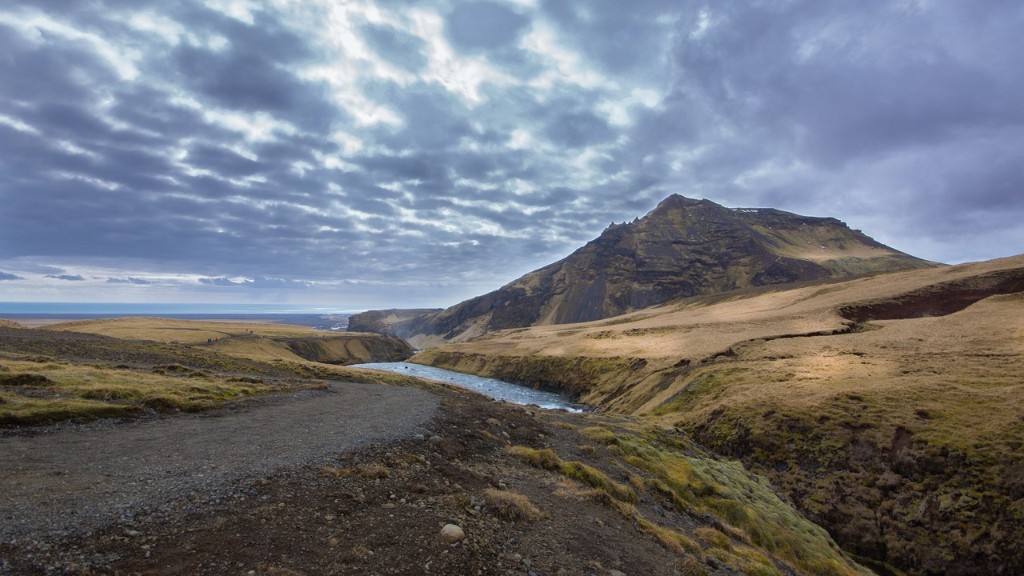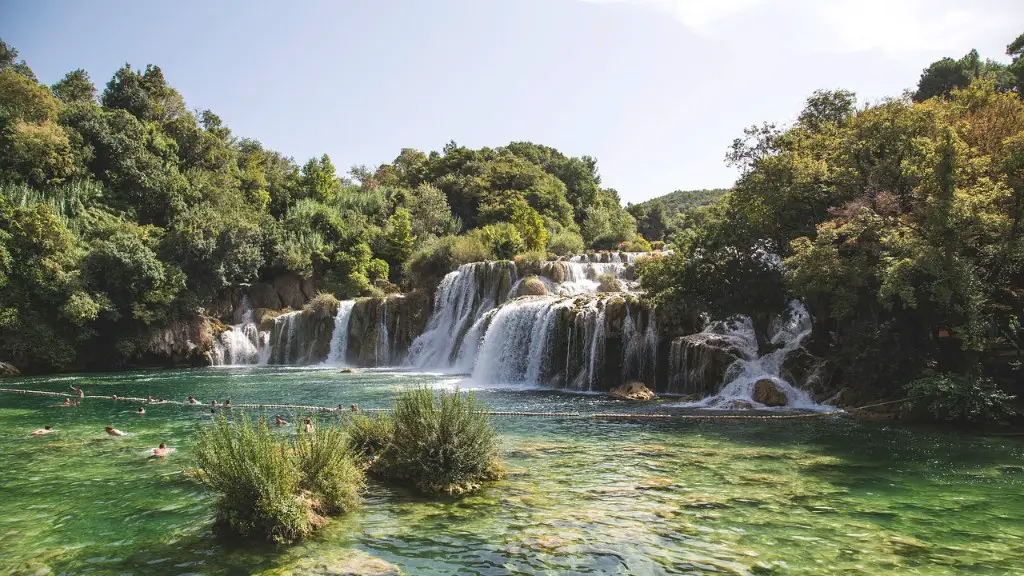The Yellow River is one of the most prominent rivers in China and is often referred to as the cradle of Chinese civilization. The river’s basin was the birthplace of the earliest known Chinese civilizations and its name is derived from the large amounts of yellow silt that the river transports to its delta. The Yellow River has had a long and storied history and has played a pivotal role in the development of Chinese culture and society.
The Yellow River, also known as the Huang He, is a river in East Asia. It is the second longest river in China after the Yangtze River. The Yellow River is an important source of water for agricultural and industrial production in China.
What was the Yellow River known for?
The Yellow River is one of the most important rivers in China and is often referred to as the “cradle of Chinese civilization” or the “Mother River”. The river is usually a source of rich fertile soil and irrigation water, but it has also transformed itself more than 1,500 times in recorded history into a raging torrent that has swept away entire villages. Despite its dangers, the Yellow River is an important part of Chinese culture and history.
The Chinese have always had a deep respect for the Yellow River, which has played a vital role in the country’s history and development. The river is often referred to as the “Mother River” or the “Cradle of Chinese Civilization” because it was the birthplace of ancient Chinese civilizations in the Xia (2100–1600 BC) and Shang (1600–1046 BC) eras – the most prosperous region in early Chinese history. The Yellow River has always been an important source of water and food for the Chinese people, and it continues to play a vital role in the country’s economy and development.
What happened at the Yellow River
The worst flood in human history occurred in 1887, when the Yellow River overran the dikes in Henan Province. That flood covered 50,000 square miles. It inundated eleven large towns and hundreds of villages. Nine hundred thousand people died, and two million were left homeless.
The Yellow River is widely considered to be the cradle of Chinese civilization, as it has been the site of some of the earliest known settlements in the country. With a length of 3,395 miles (5,464 km), it is the country’s second longest river and its drainage basin is the third largest in China, with an area of some 290,000 square miles (750,000 square km). The river is particularly important to the people of China and has played a significant role in the country’s history and culture.
What are three facts about the Yellow River?
The Yellow River is one of the longest rivers in the world, and is considered the cradle of Chinese civilization. The river is also known for being one of the muddiest major rivers on earth. In recent years, the river has been dammed and its flow has been controlled, leading to less flooding.
The Yellow River is one of the most important rivers in China. It is called the Yellow River because its waters carry silt, which give the river its yellow-brown color. The river is important for agriculture in China, as it helps create fertile land. However, the river also frequently overflows, which can cause damage to crops and homes.
Are there bodies in the Yellow River?
The river water is a direct source of drinking water for many of the people living along the river, and the bodies are a serious form of pollution Even the Lanzhou City Water Station puts unidentified corpses back into the river The local civil service departments bury around 60 unidentified bodies a year.
This is a serious problem that needs to be addressed. The river water is already polluted and the last thing we need is to add more pollution by adding bodies to the mix. We need to find a better way to deal with the dead bodies and make sure that they are disposed of in a way that doesn’t cause further pollution.
The decision to breach the dyke was a desperate attempt to stop the Japanese army from advancing any further west. The hope was that the waters of the river would do what soldiers had not been able to do and halt the Japanese advance. Needless to say, this was a very risky move that could have easily backfired if the Japanese had been able to continue their advance.
What caused the Yellow River to flood
The Huang-Ho flood of 1887 was one of the most severe floods in Chinese history. Heavy rainfall unleashed an enormous flood wave, which swelled further as dams burst, inundating more than 15,000 square kilometers.
The Jian River incident is a clear example of how an industrial dye dump can lead to serious environmental issues. In this case, the dye dump turned the river crimson, which had a major impact on the local ecosystem. Thankfully, investigators were able to trace the source of the dye back to a chemical plant, and the plant was eventually shut down. This incident highlights the importance of proper regulation of industrial facilities in order to protect our environment.
What caused the 1938 Yellow River flood?
The 1938 flood was caused by the destruction of the dikes near Kaifeng (Henan province) by Chinese Nationalist forces under Chiang Kai-shek in an effort to halt the advance of the invading Japanese troops during the Sino-Japanese War of 1937–45. This resulted in the death of hundreds of thousands of people and the displacement of millions of others.
The Yellow River is the second largest river in China with an annual run-off of 58 bil- lion m3 but its lower course is drying up every year, significantly affecting industrial and agricultural production and the livelihood of the people living alongside the river. The main reasons for this are the over-exploitation of water resources and climate change. In order to solve this problem, the Chinese government has proposed the construction of a water diversion project that will transfer water from the Yangtze River to the Yellow River. This project is estimated to cost about RMB 180 billion and will take about 10 years to complete.
Was the Yellow River drinkable
The water in the Yellow River is too toxic to drink or use for irrigation. It killed goats that drank from it in October 2006. The discharge from a sewage pipe caused the river to turn red and smell bad.
The lake is a great place to fish with a depth of up to 17 feet. You can access the lake from a public boat landing. The type of fish in the lake include Musky, Panfish, Largemouth Bass, Northern Pike and Walleye.
Did the Yellow River have fish?
The decline in the number of fish species in the Yellow river is a cause for concern. The river used to be home to a large number of fish species, but many of them are now extinct. This is a loss for the ecosystem and for the people who depend on the river for their livelihoods.
Rafts were the main means of crossing rivers in China before the construction of bridges and the development of motorized boats. Rafts were typically made from specially-treated pig and sheep skins that were inflated and then tied together. Depending on the size of the raft, it would be made from 9 to 12 skins. Rafts usually carried no more than four or five people.
Final Words
The Yellow River is a river in China. The river is named for the color of the mud that it carries.
The Yellow River is one of the most important rivers in China. It is the second longest river in China and the third longest river in the world. The Yellow River is also one of the most important rivers for irrigation and transportation in China.





